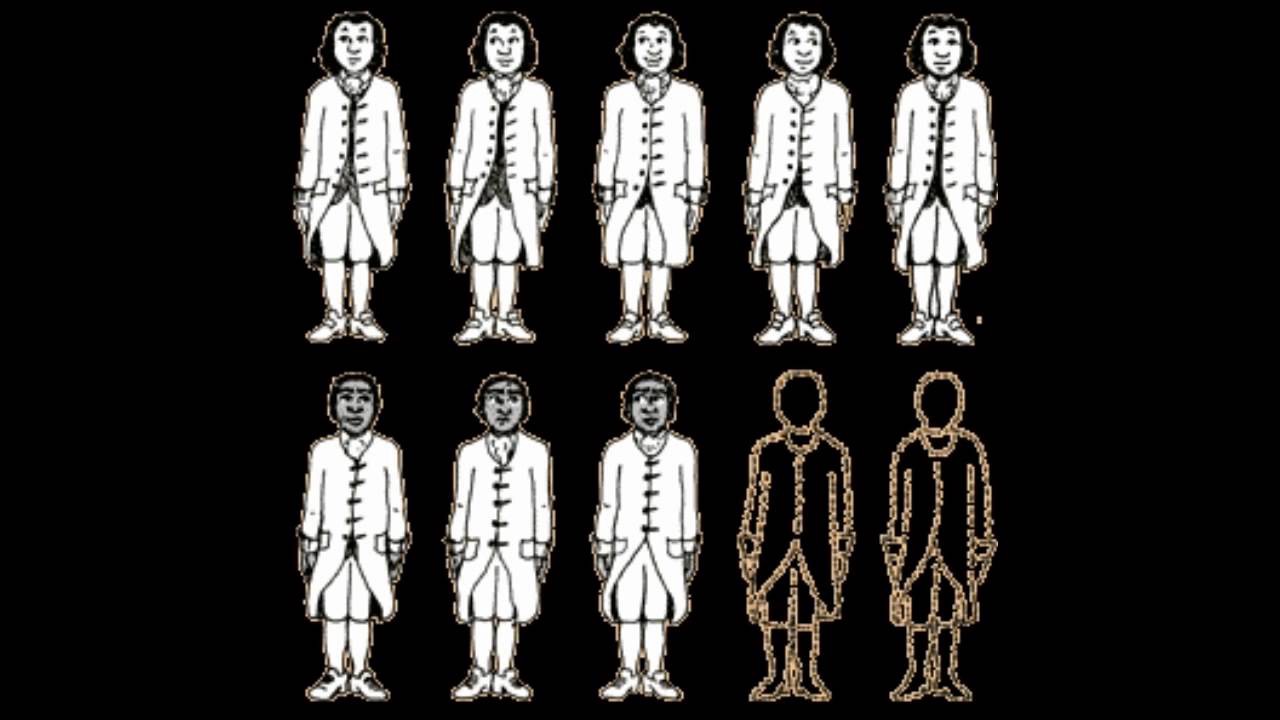Our Constitution, often referred to as the supreme law of these United States of America, memorializes the debates of our founding fathers around the guiding principles, policies around governing, leadership, and basic citizen’s rights. The Constitution also details the distribution of seats in the House of Representatives. Article 1, Section 2 of the United States Constitution explains that “Representatives and direct Taxes shall be apportioned among the several States which may be included within this Union, according to their respective Numbers” and therefore calls for a census, an actual counting of the population of the U.S. and surrounding territories every ten years. Historically through the present day, the Census has been used as a political tool to influence outcomes in our democracy.
These political interests have always affected how the Census is taken and how the counts are used. The question of which members of the population should be counted is a longstanding and controversial aspect of our country’s and the survey’s history. “According to its constitutional mandate, the census does more than facilitate a body count; it also tells us whose body counts, and for how much.” – Naomi Mezey 2003. Therefore, it should not be a surprise that the connection between race(ism) and the undercount was included in the “politics of the census” from its inception in 1790. The historical practices of deliberate undercounting of Black people as a way to maintain the distribution of power is rooted in the infamous three-fifths compromise.
The three-fifths compromise in practice through 1868, established that an enslaved person would be counted as three-fifths of a person, insofar as determining the total population of a state and acknowledged that some Americans were free while others were not. This clause imposed a ratio for valuing enslaved bodies and their worth in relation to free persons. This practice of the historical undercounting of Black people was not random. It fractioned the personhood of enslaved people, reduced them to the status of property, and endorsed enslavement as the basis for a formal racial state. The three-fifths compromise is about so much more than representation (people) and taxation (property/commerce). It shaped and continues to shape the structure of American political institutions for generations, of the past and future.
Because representation and taxation inherently involve questions about what kinds of political demands can be imposed on commerce and property as well as which citizens are empowered to make such demands, they help mold the fundamental rules of government and what political actors can and cannot do. The legacy of this historical undercount still serves as an indicator of who counts and who’s lives count in this county. The Census undercount has implications for policymakers and public health because the undercount is more common among Black households and the poor. Results in a “collective blindness [that] hinders the establishment of social facts, conceals inequality, and undermines the foundation of social science research, including that used in the design and evaluation of social policy.” (Invisible Men, Becky Petitt, p3, 2012).
The U.S. Constitution mandates that the Census be administered, and law (13 USC §223) requires our participation. If you live here, you must be counted. Unlike many parts of our government and our lives, the Census Bureau counts everyone equally regardless of race and citizenship. To take the Census is to claim our full selves our right to be seen and to be fully represented politically as well as through policies and research and resources. Take the Census. Be Counted. Check Black!


Recent Comments